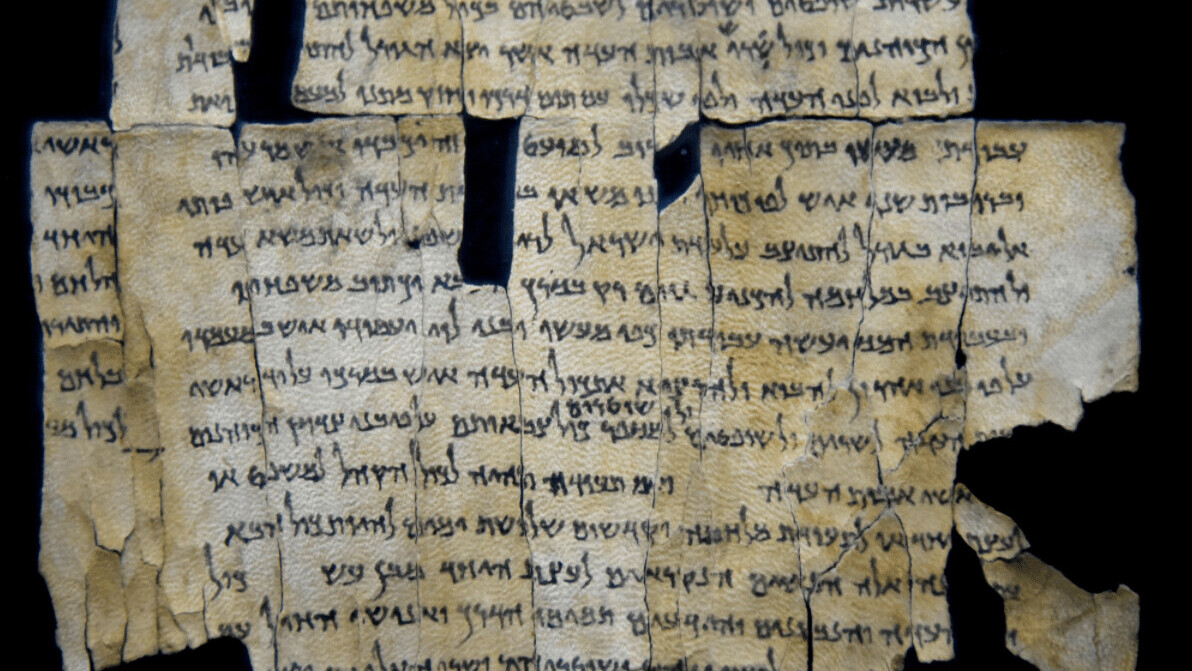AI has helped discover new insights about the authors of the ancient Dead Sea Scrolls.
Researchers in the Netherlands used AI and pattern recognition to analyze the handwriting of the mysterious scribes.
They found evidence that the manuscripts were penned by two different writers.
Mladen Popović, professor of Hebrew Bible and Ancient Judaism at the University of Groningen, said the discovery has opened a new window on the ancient world:
In this study, we found evidence for a very similar writing style shared by the two Great Isaiah Scroll scribes, which suggests a common training or origin. Our next step is to investigate other scrolls, where we may find different origins or training for the scribes.
[Read: 3 new technologies ecommerce brands can use to connect better with customers]
The Dead Sea Scrolls contain the oldest manuscripts of the Old Testament, but their authors have remained unknown since the documents were found in 1946.
The researchers searched for clues about their identities in the longest text in the collection: the Great Isaiah Scroll.
“This scroll contains the letter aleph, or ‘a,’ at least five thousand times,” said Lambert Schomaker, a professor of computer science and AI at the university. “It is impossible to compare them all just by eye.”
AI, however, is well suited to analyzing such large datasets, while digital imaging can help detect subtle changes in the characters.
The team first trained a deep learning algorithm to separate the ink from the material beneath it. They then used neural networks and pattern recognition techniques to analyze the features of the text.

The researchers discovered a subtle change in the handwriting around halfway through the scroll. They suspect this was the result of another writer taking over — or perhaps just a change of pen.
Per the study:
Next, the team created heatmaps of all the variants of a character in the scroll. They then produced an average version of how the character was written in each half of the document. This made their differences clear to the human eye.
While the identities of the authors remain a mystery, we now at least have evidence that they weren’t working alone.
You can read the study paper in the journal PLOS ONE.
Greetings Humanoids! Did you know we have a newsletter all about AI? You can subscribe to it right here.
Get the TNW newsletter
Get the most important tech news in your inbox each week.






